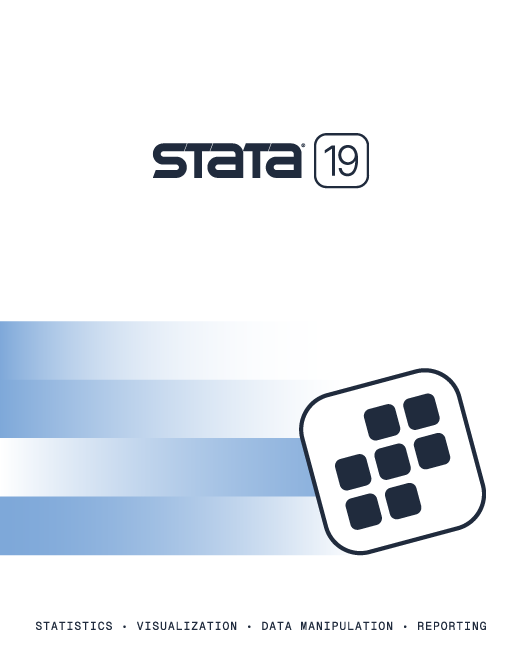

2025 Stata Conference • Nashville, TN • 31 July–01 August
| Title | The divisor choice in xtgee | |
| Author | David M. Drukker, StataCorp |
These FAQs often deal with issues that are not considered or adequately addressed in the literature, and as such we welcome insights from readers or related citations that we may have missed.
The default divisor for computing correlations and standard errors in xtgee is N, the number of observations in the dataset. With this divisor, the estimates are invariant to the scale of the dataset. Scale invariance is an important property. No weights are equivalent to frequency weights of one. If you multiply these weights by a scale factor, you would not want your estimates to change.
In some other packages and in some previous versions of xtgee, the divisor is N − p, where p is the number of covariates in the model. This divisor is used to obtain unbiased estimates. This divisor, however, causes the estimates not to be scale invariant. As N goes to infinity, the difference between the two divisors goes to zero.
In xtgee, if you specify the option nmp, the divisor N − p will be used instead of the default divisor N.
The scaling issue also affects the normalization factor for the robust VCE when family(gaussian) is specified. Historically, xtgee used {(npanels)/(npanels − 1)}{(N − 1)/(N − p)}, where npanels is the number of panels in the dataset and N and p are defined as above. This normalization factor would prevent the VCE from being invariant to the scale of the weights. For this reason, the default normalization factor is now (npanels)/(npanels − 1) instead of {(npanels)/(npanels − 1)} {(N − 1)/(N − p)}. One can use the previous normalization factor by specifying the option rgf.
The divisor used in computing the unstructured and nonstationary correlation matrices for each element in the correlation matrix has changed to the number of panels that have valid observations for the ti and tj defined by that element.
Learn
Free webinars
NetCourses
Classroom and web training
Organizational training
Video tutorials
Third-party courses
Web resources
Teaching with Stata
© Copyright 1996–2025 StataCorp LLC. All rights reserved.
×
We use cookies to ensure that we give you the best experience on our website—to enhance site navigation, to analyze usage, and to assist in our marketing efforts. By continuing to use our site, you consent to the storing of cookies on your device and agree to delivery of content, including web fonts and JavaScript, from third party web services.
Cookie Settings
Last updated: 16 November 2022
StataCorp LLC (StataCorp) strives to provide our users with exceptional products and services. To do so, we must collect personal information from you. This information is necessary to conduct business with our existing and potential customers. We collect and use this information only where we may legally do so. This policy explains what personal information we collect, how we use it, and what rights you have to that information.
These cookies are essential for our website to function and do not store any personally identifiable information. These cookies cannot be disabled.
This website uses cookies to provide you with a better user experience. A cookie is a small piece of data our website stores on a site visitor's hard drive and accesses each time you visit so we can improve your access to our site, better understand how you use our site, and serve you content that may be of interest to you. For instance, we store a cookie when you log in to our shopping cart so that we can maintain your shopping cart should you not complete checkout. These cookies do not directly store your personal information, but they do support the ability to uniquely identify your internet browser and device.
Please note: Clearing your browser cookies at any time will undo preferences saved here. The option selected here will apply only to the device you are currently using.